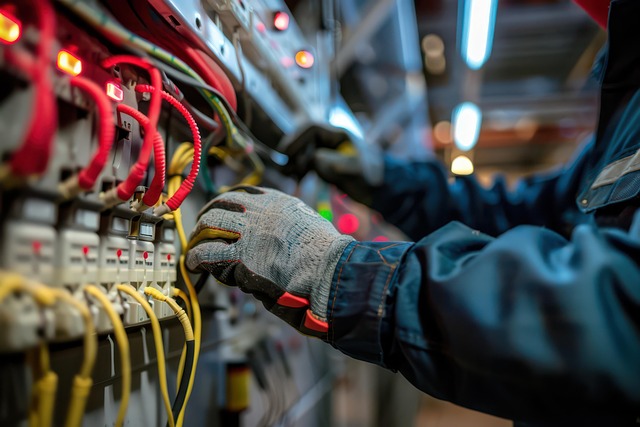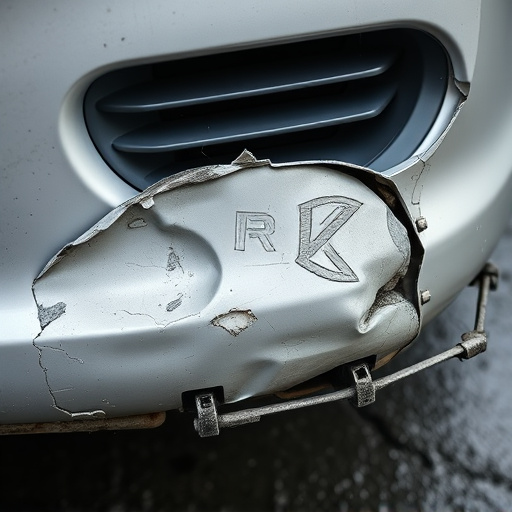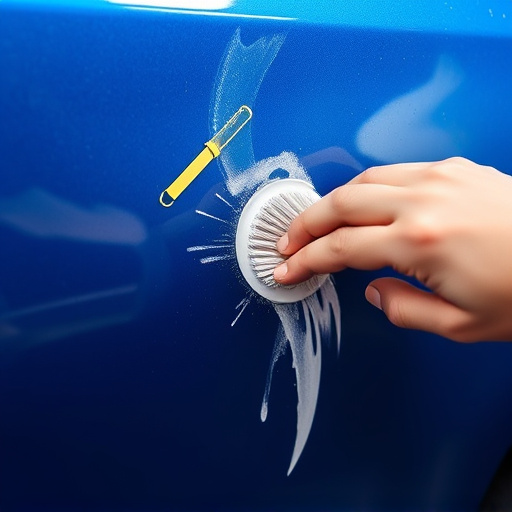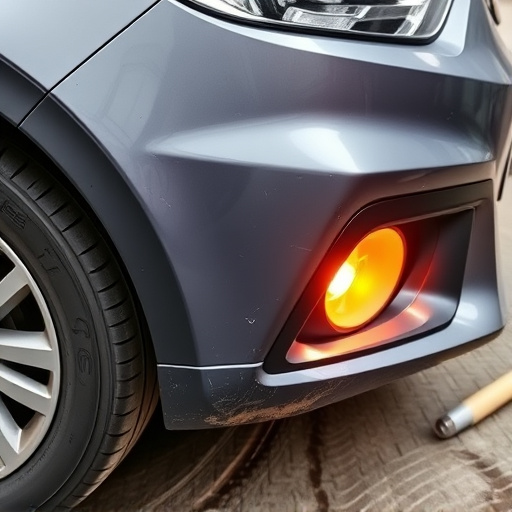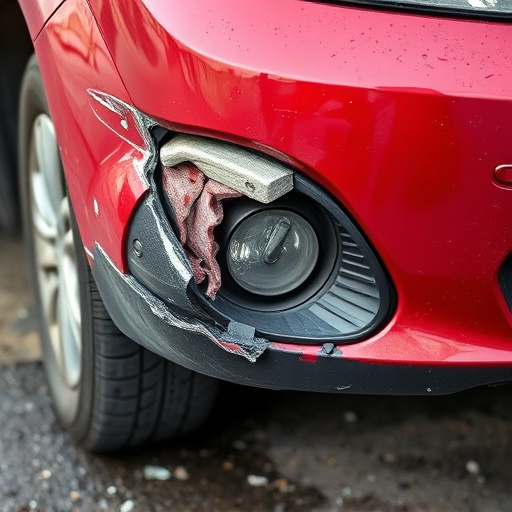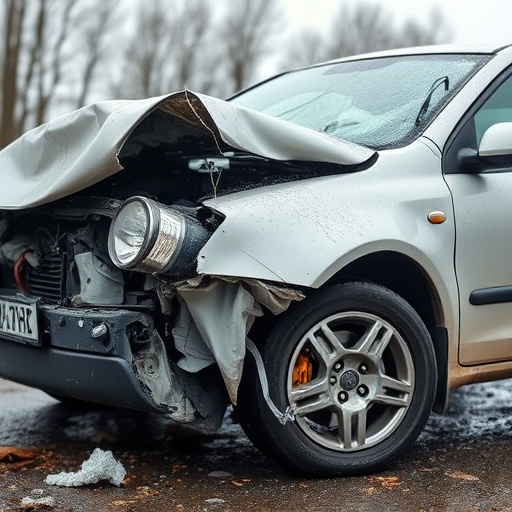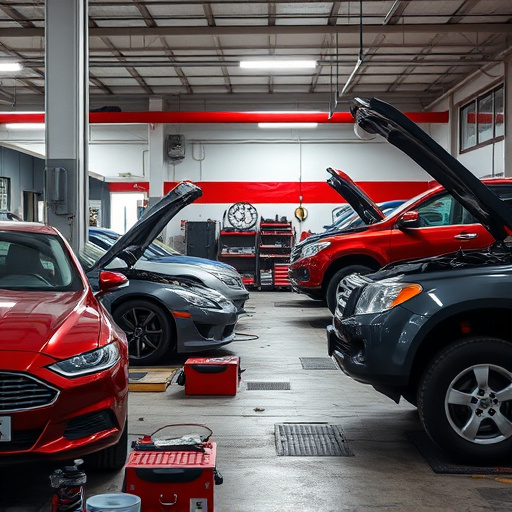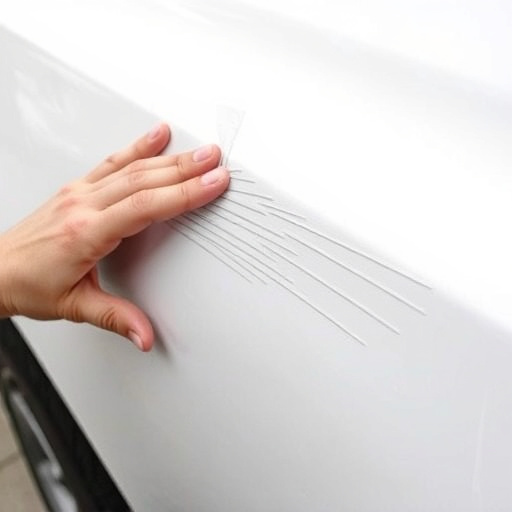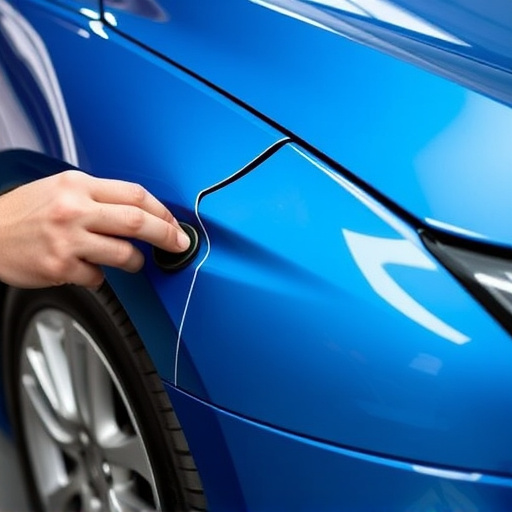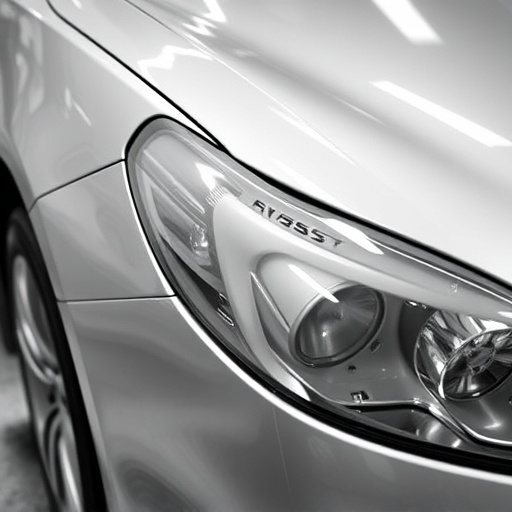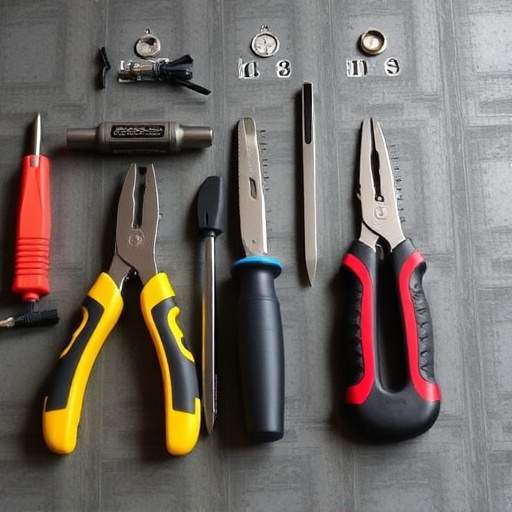Luxury vehicle repairs demand precise structural repair precision for safety and quality. Advanced measurement tools and skilled technicians ensure rigorous standards in car body shops. Traditional inspections are subjective, necessitating advanced verification techniques for intricate modern vehicles. Post-repair QA using laser scanners and industry-standard tools by well-trained technicians is crucial for meeting and exceeding industry standards, enhancing customer satisfaction, and ensuring driver safety.
Structural repair precision is a critical aspect of ensuring building integrity and safety. Verifying structural repair accuracy post-completion is essential to guarantee that repairs meet the required standards. This article delves into the significance of structural repair precision, exploring common challenges in verification processes and best practices for enhancing post-repair quality assurance. By understanding these key elements, professionals can maintain high-quality standards and mitigate potential risks associated with subpar repairs.
- Understanding Structural Repair Precision Importance
- Common Challenges in Verifying Repair Accuracy
- Best Practices for Post-Repair Quality Assurance
Understanding Structural Repair Precision Importance
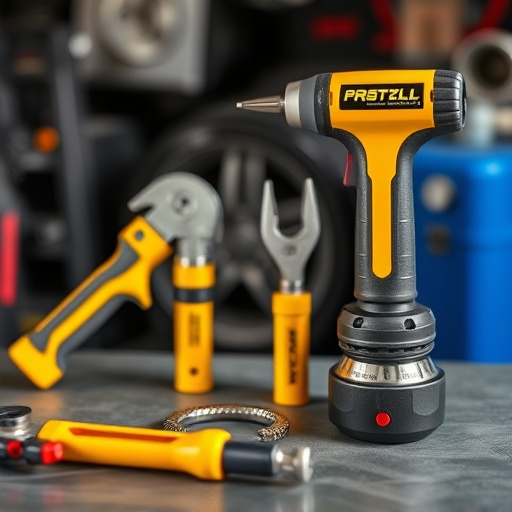
Structural repair precision is paramount when it comes to ensuring the safety and longevity of vehicles, especially in luxury vehicle repairs. A meticulous approach guarantees that every component is accurately aligned and restored to its original specifications. This is crucial as even the smallest deviation can compromise structural integrity, leading to potential hazards during driving.
In a car body shop, precision repair techniques are essential for achieving flawless results. Skilled technicians utilize advanced measurement tools and specialized equipment to verify the accuracy of their work. By upholding rigorous standards, these professionals safeguard not only the safety of drivers but also maintain the overall quality and value of luxury vehicles undergoing repairs, thus enhancing customer satisfaction with top-tier body shop services.
Common Challenges in Verifying Repair Accuracy

Verifying structural repair precision can be a complex task due to several inherent challenges. One of the primary difficulties lies in the intricate nature of modern vehicle designs, where components are meticulously engineered and often interconnected. Even minor misalignments or inaccuracies during the repair process can have cascading effects on these interconnected parts, leading to issues that might not be immediately apparent.
Additionally, the visual inspection method traditionally used can be subjective and prone to human error. Without specialized tools and expertise, it’s challenging to accurately measure and compare the pre-and post-repair conditions, especially in cases of automotive collision repair or paintless dent repair services. These repairs often require meticulous attention to detail, making even slight deviations from the original specifications significant. Thus, relying solely on visual inspection might not guarantee the necessary level of precision, underscoring the need for advanced verification techniques.
Best Practices for Post-Repair Quality Assurance

Post-repair quality assurance is an indispensable step in any structural repair process. It involves meticulous checks and balances to ensure that the repairs are not only visually appealing but also structurally sound. Best practices for post-repair QA include comprehensive inspections, utilizing advanced technology like laser scanners for precise measurements, and comparing these against original specifications. This ensures that every component, from frame alignment to fender repair, meets the highest standards.
Additionally, involving experienced technicians in the process is crucial. They should not only inspect but also verify repairs using industry-standard tools. Regular training sessions on the latest repair techniques and quality control protocols for both fleet repair services and vehicle repair services keep these professionals updated. This meticulous approach guarantees that any structural repair precision is not just met but exceeded, ensuring customer satisfaction and safety.
Structural repair precision is paramount to ensuring building safety and longevity. While challenges like human error, material variations, and complex geometry exist, implementing robust post-repair quality assurance practices is essential. By adopting best practices that include detailed inspection protocols, advanced technology, and thorough documentation, we can verify the accuracy of repairs, mitigate risks, and uphold the integrity of our built environment. This commitment to structural repair precision is not just a matter of compliance; it’s a guarantee of security and peace of mind for occupants and stakeholders alike.
